In the vast expanse of the ocean, teeming with a rich diversity of life, it’s easy for misconceptions to persist about who rules these waters. Competition in this watery realm is fierce, and while sharks often capture the spotlight with their formidable speed and prowess, there’s another contender that quietly smokes them in a high-speed chase. Meet the black marlin, a remarkable species that redefines what it means to be fast in the oceanic world.
Meet the Black Marlin
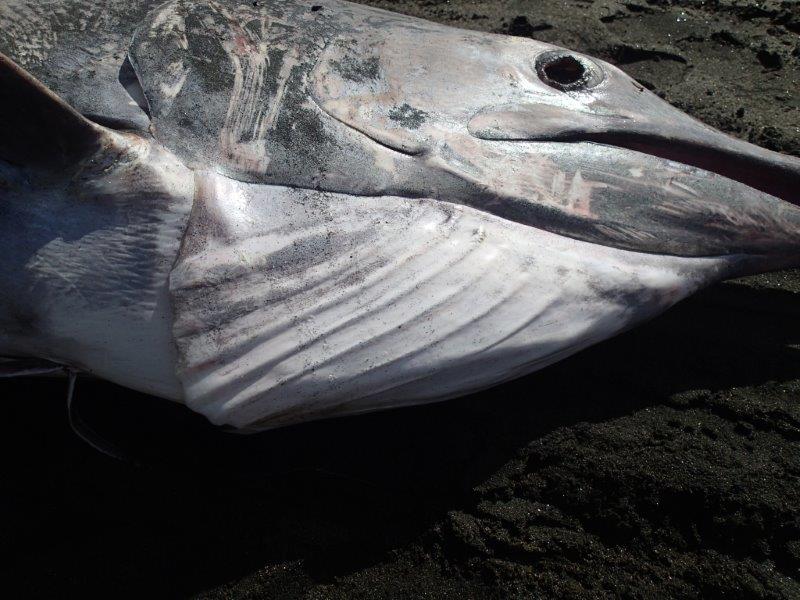
The black marlin (Istiompax indica) is a large fish native to the Indian and Pacific Oceans. With its streamlined body and impressive dorsal fin, it can be easily distinguished from other members of its genus. The black marlin’s reputation as the fastest swimmer is supported by its ability to reach speeds exceeding 80 miles per hour (129 kilometers per hour), dwarfing the combined efforts of its oceanic peers.
A Speedster by Design
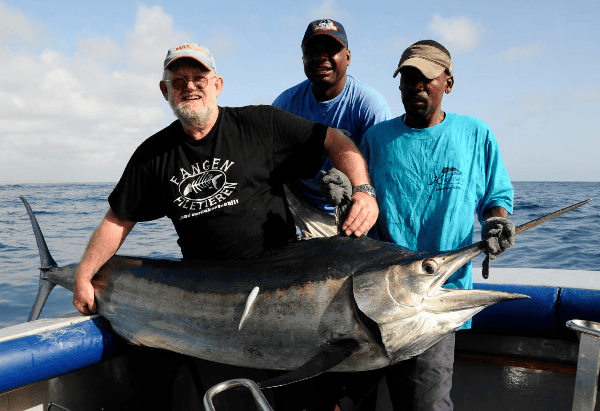
The black marlin’s build uniquely supports its need for speed. Its sleek, aerodynamic body minimizes resistance in the water, while its powerful caudal fin propels it with incredible force. The combination of muscle power, streamlined shape, and specialized fin structure makes the black marlin an unmatched aquatic sprinter.
How the Black Marlin Compares to Sharks
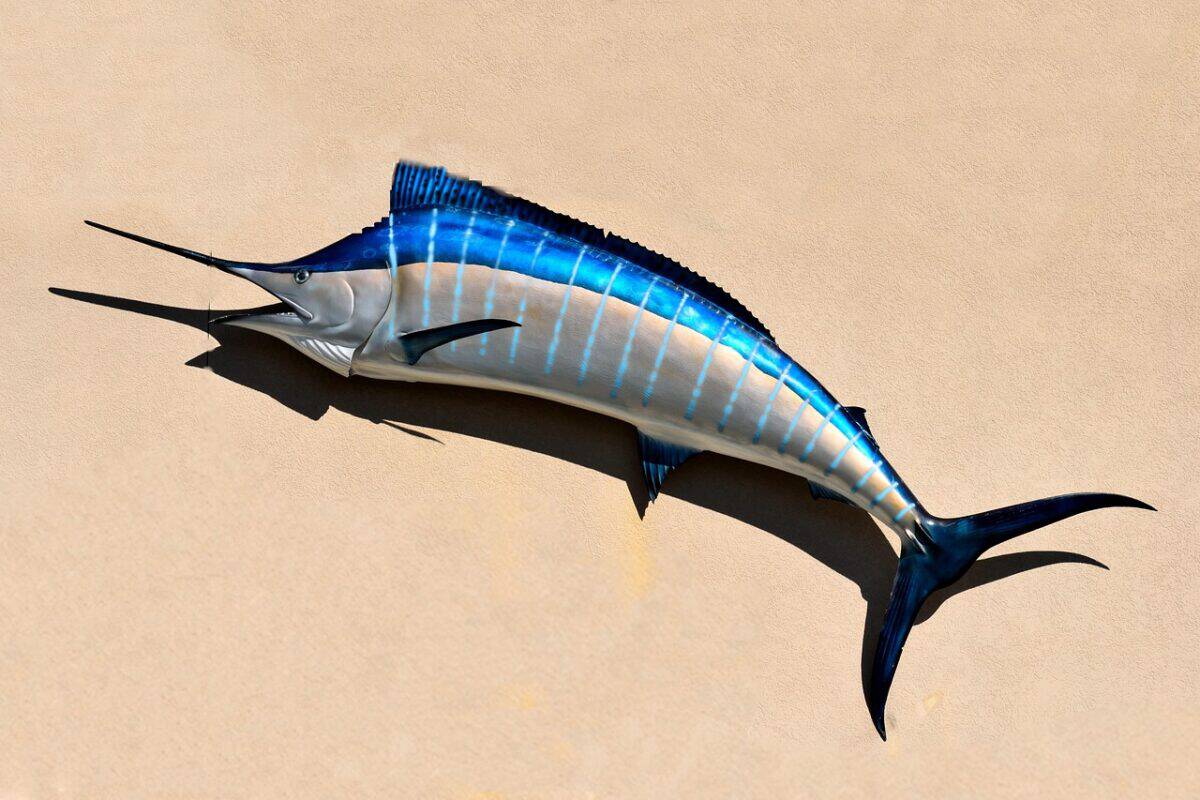
When it comes to speed, the black marlin leaves sharks in its wake. While certain species like the shortfin mako shark are known for quick bursts of speed, their maximum of around 45 miles per hour (72 kilometers per hour) pales in comparison to the black marlin’s top performance. This distinction solidifies the marlin’s reign as the ocean’s fastest.
Behavior and Hunting Tactics
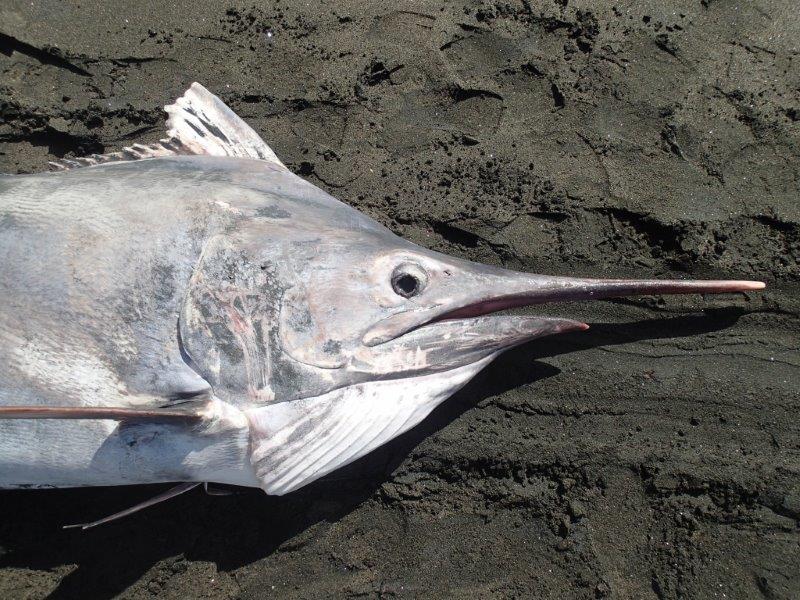
As a predator, the black marlin relies heavily on its speed to catch prey. Its diet consists mainly of fish and cephalopods, which it catches using sudden bursts of speed to surprise its prey. This method is effective in securing meals while expending minimal energy over short distances.
Migratory Patterns
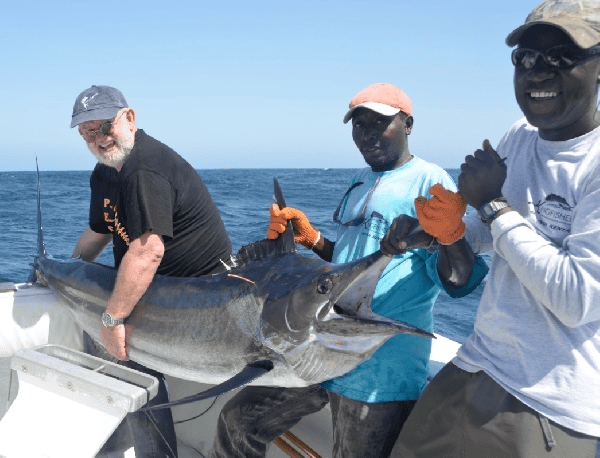
The black marlin is a migratory fish, traveling great distances through tropical and subtropical oceans. Its speedy nature aids in these long migrations, enabling it to cover vast territories in search of food and suitable spawning grounds. This migration is crucial for maintaining genetic diversity within the species.
The Role of Fins
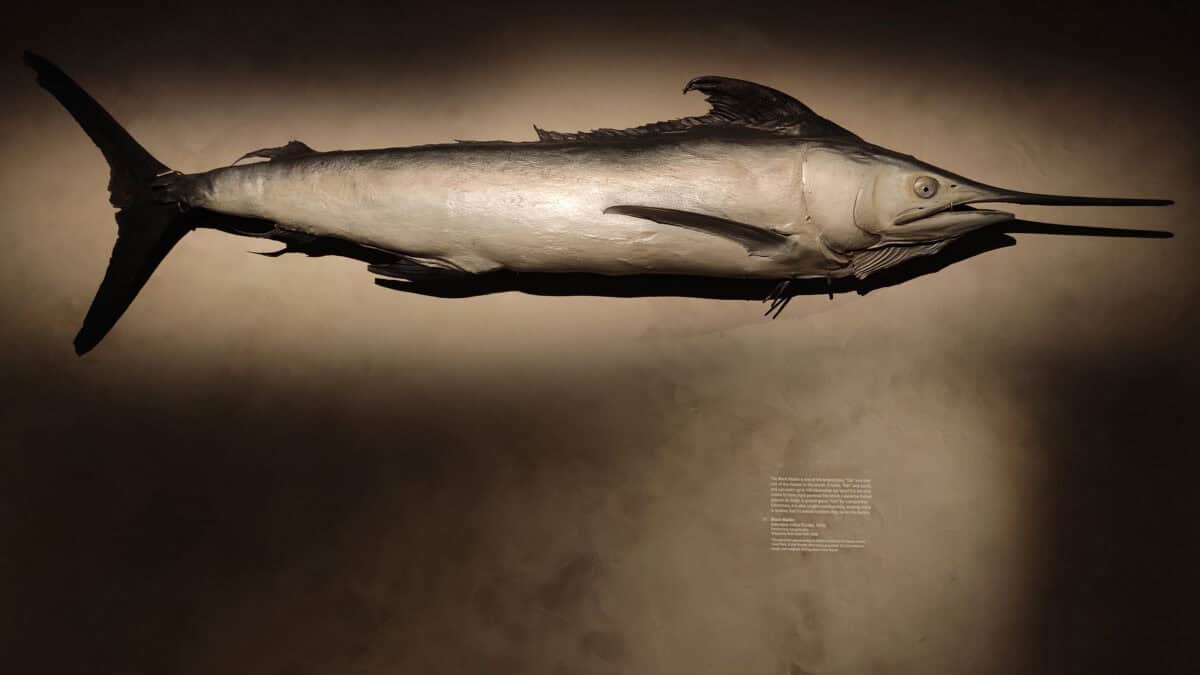
The black marlin’s remarkable speed is supported by its distinctive fin structure. Its large pectoral fins provide stability, while the long, sharp dorsal fin reduces drag as it moves through the water. Together, these fin adaptations enhance the marlin’s speed and agility, making it a formidable swimmer.
Conservation Status and Threats
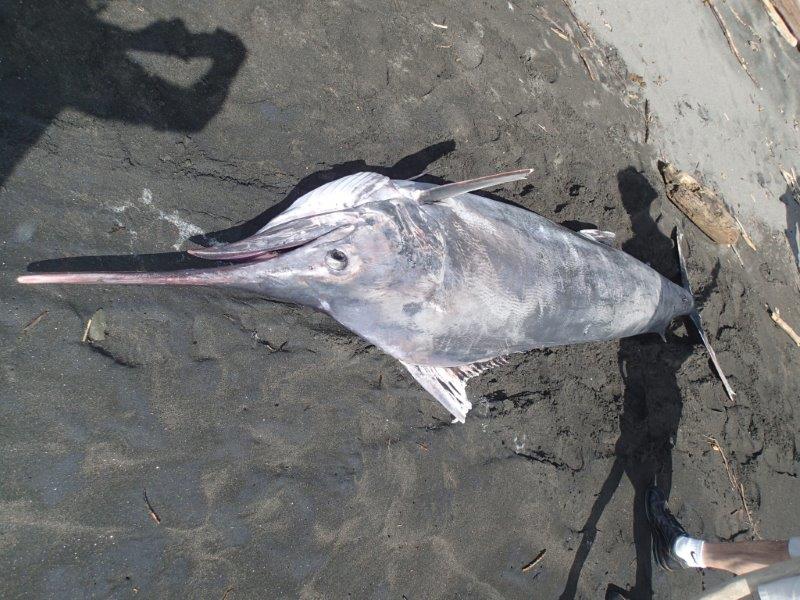
Despite their incredible speed, black marlins face several threats. Overfishing, bycatch, and habitat loss are pressing concerns that affect their populations. While they are not currently classified as endangered, these factors contribute to a decline in their numbers, warranting conservation efforts.
Fishing and Sport

Black marlins are prized targets in sport fishing due to their size and strength. Anglers around the world vie for the chance to catch these magnificent fish, often releasing them afterward. This practice helps reduce the impact on their populations while still offering the thrill of the chase.
Respecting the Ocean’s Speedster
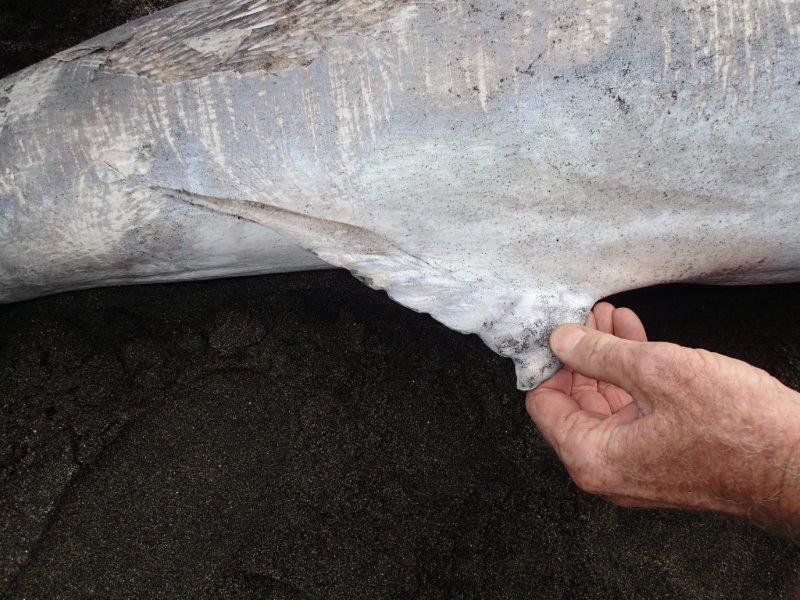
Understanding the black marlin’s role in the marine ecosystem is crucial to preserving its species. Efforts to protect their habitats and regulate fishing practices are important steps in ensuring that these remarkable creatures continue to thrive.
Research and Tracking
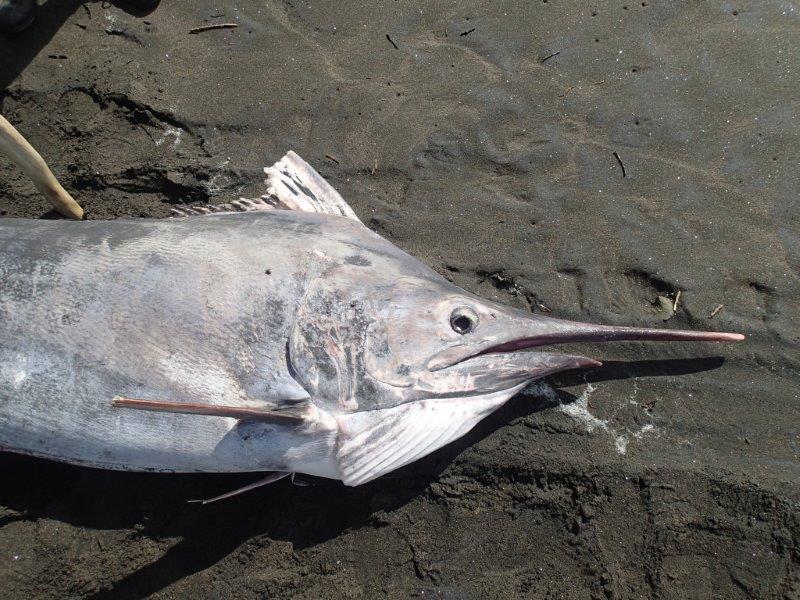
Scientists employ tagging and tracking technology to study black marlins. These efforts provide insight into their migratory habits, behavior, and environmental needs. By understanding these aspects, conservationists can devise more effective strategies to protect them.
Impact on Biodiversity
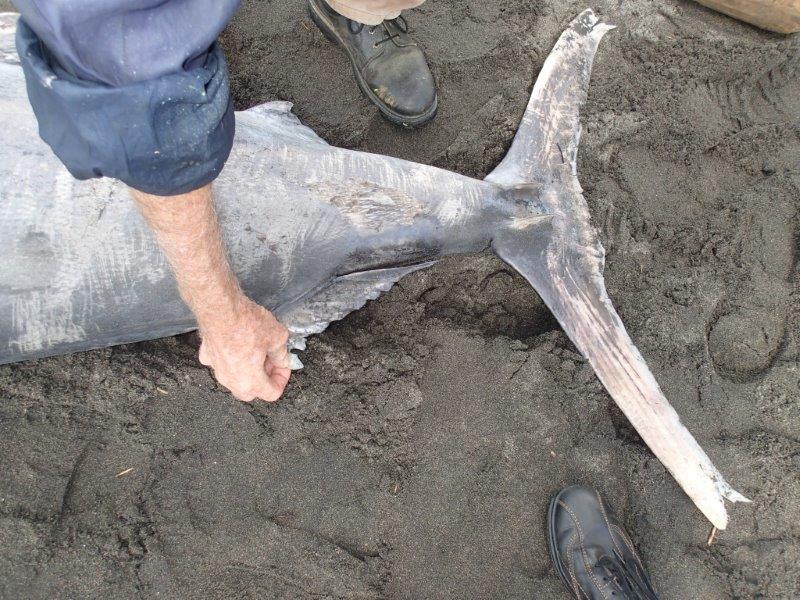
The black marlin plays an integral role in maintaining the balance of marine life. As a top predator, it helps control fish and cephalopod populations, ensuring ecological stability. The health of their populations often reflects the overall condition of their ocean habitats.
The Black Marlin’s Future
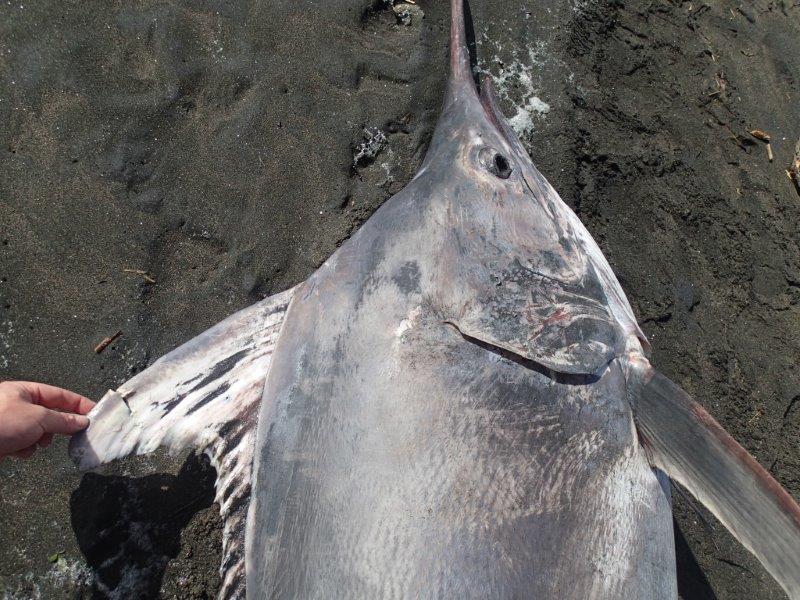
The continued existence of black marlins hinges on awareness and conservation. Through scientific research, sustainable fishing practices, and habitat protection, we can ensure that future generations continue to witness this ocean speedster’s incredible speed and grace.
The black marlin stands as a testament to evolution’s engineering marvel. Its unmatched speed and agility offer a glimpse into the hidden wonders of the ocean, and by protecting it, we honor its significance in the marine ecosystem. Let’s ensure that this vibrant, powerful swimmer continues to roam the waters it so elegantly commands.
- The Only Mammal That Can Breathe Through Its Skin - August 19, 2025
- How to Win Over Judges in Dressage Competitions - August 19, 2025
- Is There Hope for the Critically Endangered Amur Leopard? - August 19, 2025

